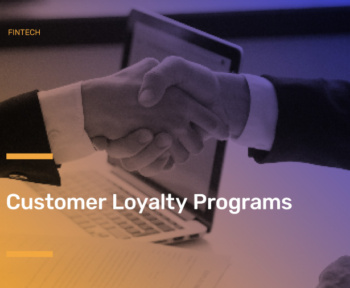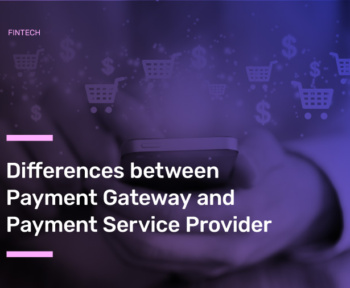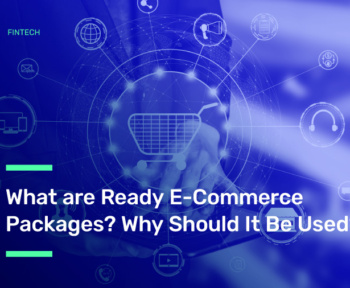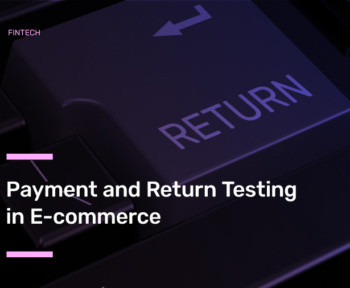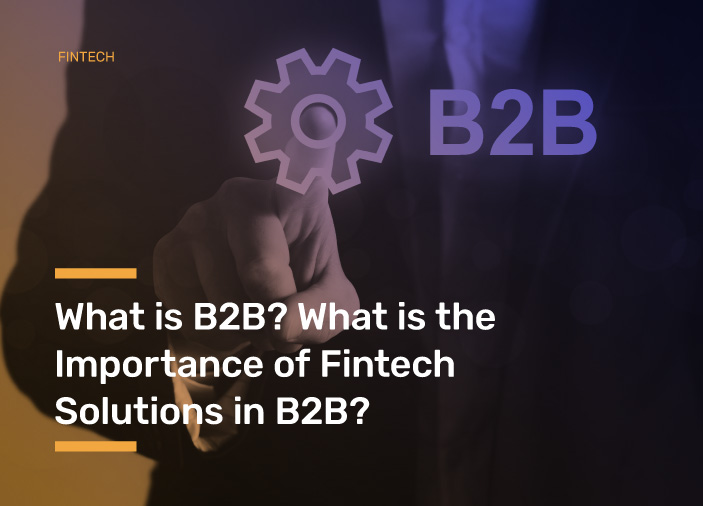
Table of Contents
- What is B2B?
- B2C Business Model
- C2C Business Model
- Differences Between B2B and B2C Business Models
- Why Should B2B Companies Use Fintech Solutions?
- Fintech Solutions in B2B Sector
- Conclusion
Businesses adopt different business models based on the target audiences for their products or services, and these chosen models directly impact all aspects of their business unit strategies. Commonly encountered business models in today’s economy are generally B2B, B2C, and C2C. In this article, we will answer the question “What is B2B?” and explore the fundamental elements of B2B, points where it differs from other models, and why the fintech solutions in B2B are crucial.
What is B2B?
The B2B model, abbreviated as “business to business,” refers to marketing or sales practices between companies. So, what is B2B? This model can be defined as the marketing and sales transaction between two companies at its most basic level.
This business model aims to offer products or services to businesses rather than the end consumer. For example, Craftgate is a payment infrastructure that allows online businesses to manage all their payment processes from a single point. Craftgate is an example of a software-based B2B business model that meets all payment needs in the payment field.
B2C Business Model
The acronym B2C stands for “business to consumer.” This model can be described as businesses directly offering their products and services to consumers. Many of our consumer purchases fall under the B2C business model. Companies operating in the B2C model in today’s e-commerce processes can choose between two different methods depending on the channels they offer their products or services.
The first method involves presenting products or services through a marketplace. Virtual marketplaces are common platforms for implementing the B2C business model. Businesses can offer their produced or sourced products to end consumers through these marketplaces.
The second method requires businesses to present their products or services directly to end users through their platforms. In this business model, companies can gain advantages in terms of commission rates for sales without an intermediary like a marketplace.

C2C Business Model
With the development of e-commerce, different business models have emerged based on sectoral requirements and consumer needs. The C2C business model is one such model that has arisen from these needs and provides an alternative to traditional business models.
Expressed as “consumer to consumer,” this term can be defined as consumer transactions. In this business model, consumers can offer their products to other consumers through various marketplace applications. Activities such as selling or renting houses, cars, and second-hand goods can all be considered examples of the C2C business model.
Differences Between B2B and B2C Business Models
After answering the question “What is B2B?” and defining the B2B and B2C business models, we can examine the critical differences between these models:
- In the B2B business model, customers consider tangible data regarding value proposition when choosing products or services. B2C customers focus more on emotional benefits. Therefore, if you operate in the B2B business model, key performance indicators (KPIs) such as cost advantage, revenue, and profit increase may attract the attention of your target audience.
- Repeat purchase rates for a product or service in the B2B model are higher than those in the B2C model. This could be due to complex decision-making mechanisms within businesses because of their operational structures. Customers may hesitate to go through processes such as market research, negotiation, offering, and demos again if they already receive above-average performance from a supplier.
- Prices or delivery conditions of products in the B2B sector are negotiable. Negotiations during bargaining may involve different network connections or intermediaries, such as other companies with whom business is conducted. In the B2C sector, there is often no room for negotiation and offers to end-users are standardized.
- In B2B processes, advertising and marketing costs are more affordable. If you are conducting marketing activities targeting B2B customers, millions of people do not need to know your brand. The target audience you will often market your products or services to is a more limited, niche audience. This allows you to reach your customers with an appropriate marketing budget.
Why Should B2B Companies Use Fintech Solutions?
In its broadest sense, fintech represents the intersection of traditional financial services with technology. A fintech company can gain numerous advantages by utilizing fintech solutions. So, why should B2B companies leverage fintech solutions and what is the place of fintech solutions in B2B? We can consider the answer to this question in two dimensions. The first is the operational ease and cost advantage that fintech solutions provide for businesses in the B2B model.
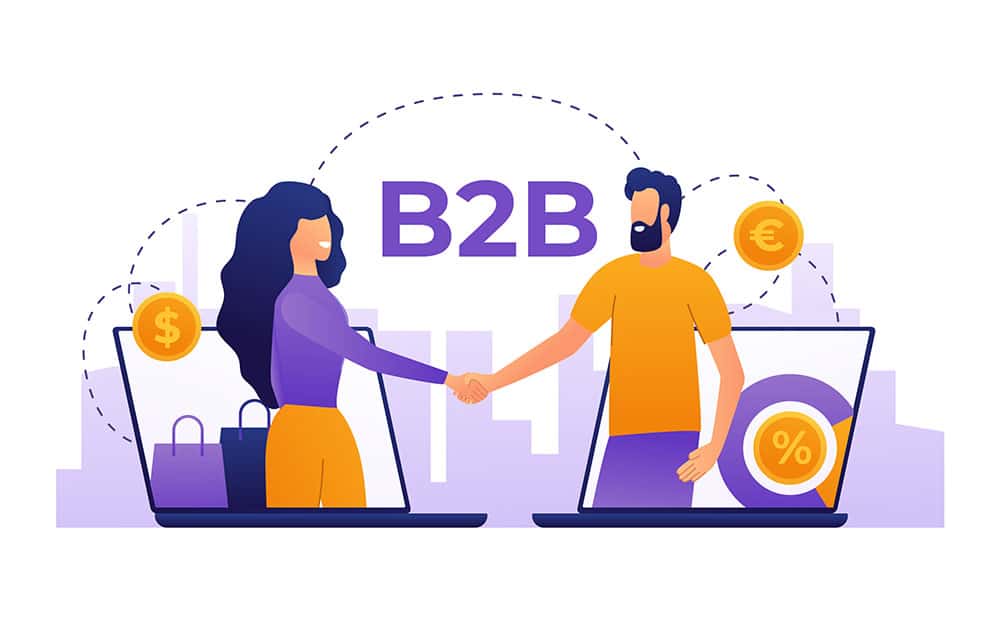
Businesses using fintech solutions today can streamline their operations more easily and quickly. They can benefit from fintech solutions in invoicing, accounting, digital, and open banking. Additionally, an online B2B business can enter into agreements with bank Virtual POS devices and payment institutions, managing all online payment processes from a single center using a payment gateway. Thus, they do not need to enter the system of each virtual POS or payment institution separately when tracking payment processes. They can follow all online payment processes through a single panel, gaining a significant operational advantage.
Another critical advantage of fintech solutions in B2B is evident in terms of customer experience. As in other models, building a connection with your customers in the B2B model ensures the longevity of your commercial relationship. To achieve this, you must always provide a high-quality experience in product and service presentation, sales, marketing, and post-sales support processes for your target audience.
One area where you can provide such an experience is in your online processes. Your website, panel, or mobile application should offer a smooth user experience for B2B customers conducting any transactions.
Ultimately, even if your customers are businesses, real individuals within those businesses interact with your brand. If you aim to establish a long-term connection with your customers, consider the user experience of these individuals within the units that interact with your brand.
At Craftgate, we enable B2B businesses in the online payment sector to manage all their payment processes from a single center and provide customers with a seamless payment experience. As you can see, fintech solutions in B2B play really important roles.
You can explore how our member businesses in the B2B sector, such as Navlungo and Mikro Yazılım, improved their payment conversion rates and customer satisfaction using Craftgate’s payment gateway in our references section.
Fintech Solutions in B2B Sector
In today’s world, the financial technology sector constitutes a significant portion of the global economy. We observe that many companies producing products or services in the fintech field have turned their focus towards the B2B business model. Some companies initially target end consumers in their operations but later shift their focus to B2B. Therefore, in this section of our article, we will discuss the key considerations that B2B fintech companies operating in the sector should pay attention to to elevate their businesses.
In the multifaceted yet niche field of the fintech sector, collaboration with other players in the ecosystem is crucial for B2B companies to achieve a prominent position. Numerous intersection points enable companies operating in the fintech sector, such as banks, payment service providers, e-money institutions, or alternative payment entities, to collaborate and enhance the industry collectively.
Considering this landscape, fintech solutions in B2B should not only ensure the satisfaction of their customers with their products or services but also focus on establishing solid partnerships within the industry. The company’s image in the sector is a crucial parameter for these strategic partnerships. Factors such as expertise, experience, corporate culture, corporate communication, information sharing, and contributions to the industry are directly related to this image.
To strengthen your position as the fintech solutions in B2B, you can take the following steps:

Share information about your expertise
Share valuable information related to your expertise in different digital platforms and formats. As a brand operating in the fintech field, you can create content in various areas, such as payment systems, blockchain, or digital banking. Utilize content marketing for this purpose.
Offer informative blog posts, e-books, guides, social media posts, videos, and audio content to provide helpful information for everyone in the industry, including existing or potential customers. Content marketing is also essential for making your website stand out, which is one of the first points of contact for potential customers.
For example, at Craftgate, we regularly publish content on the Craftgate Blog to share our experience and knowledge in payment systems and fintech. We strive to add value to the industry through e-books, videos, and social media content.
Plan your event and media processes in line with your brand identity
We highlighted the importance of B2B companies sharing helpful information about their expertise to strengthen their position in the industry. Another channel where such transfers can be made in the fintech sector, where experience and knowledge make a difference, is event and media planning. Through event and media processes, you can meet potential customers face-to-face and come together with other stakeholders in the industry. Thus, you can solidify your position in a rapidly growing and dynamic sector like fintech.
In addition, websites and magazines publishing content in the fintech field are also effective ways to reach your target audience. You can announce new developments related to your product through press releases, advertorial content, interviews, and news articles.
Conclusion
In this article, we answered what B2B is, discussed fintech solutions in B2B, and explained why B2B companies should leverage fintech solutions.
Today, if you have a B2B business model and want to be successful, you must correctly execute your product and service presentation, marketing, sales, and post-sales support processes for your target audience. Even if your target audience is businesses, consider the user experience of the individuals who will experience your products or services.
After you understand the place of fintech solutions in B2B, you can gain a competitive advantage by planning your entire business strategy in line with this structure and utilizing advanced technologies such as fintech solutions. Additionally, you can strengthen your strong position in the industry by building a trusting relationship between your brand and customers, even if they are businesses.



